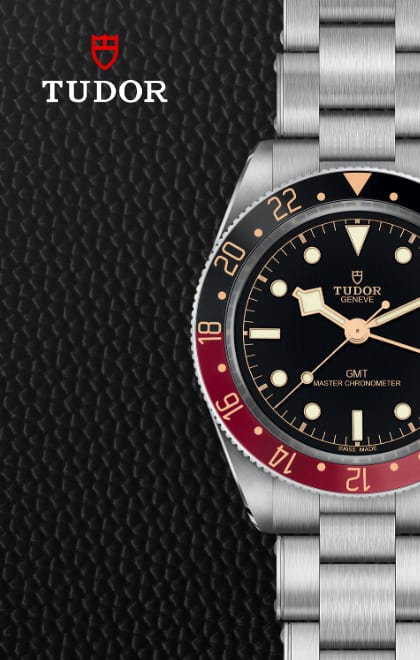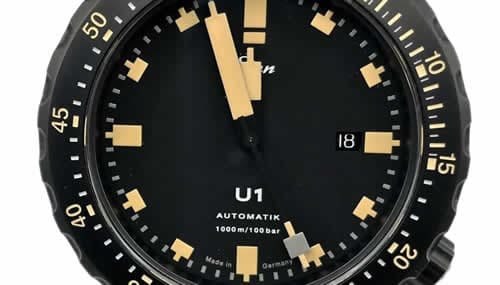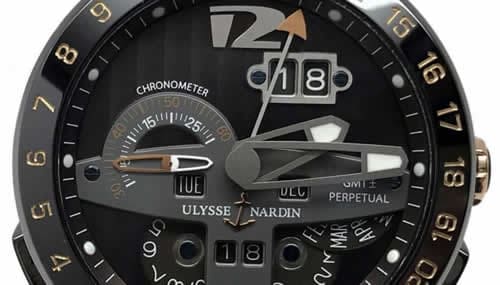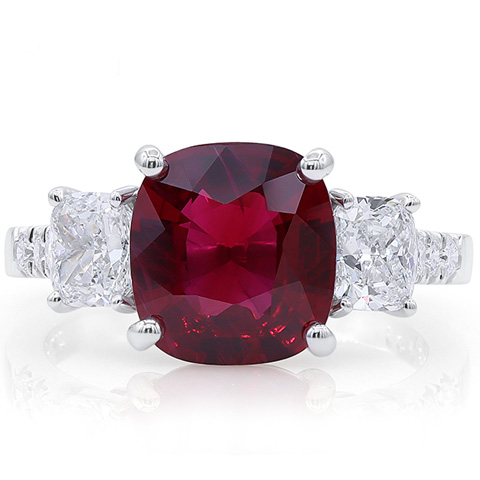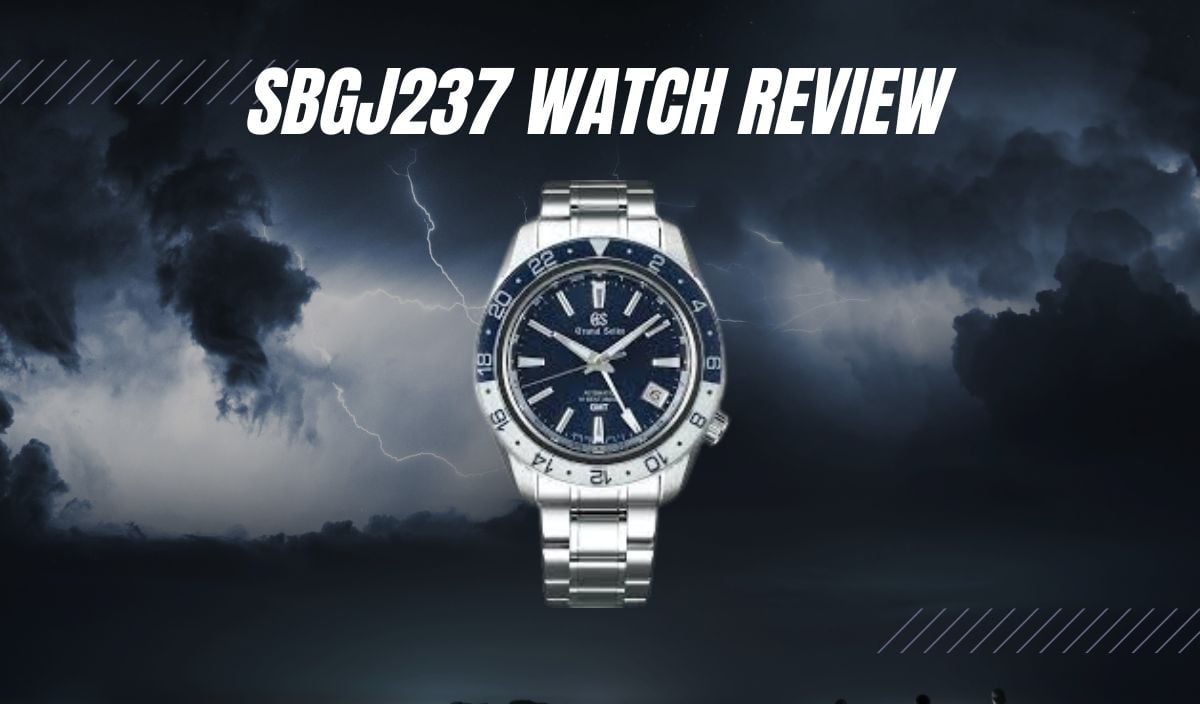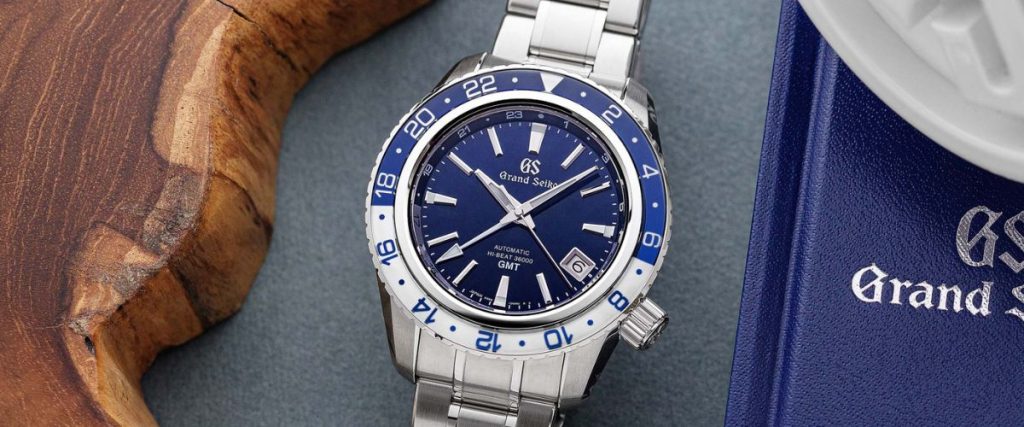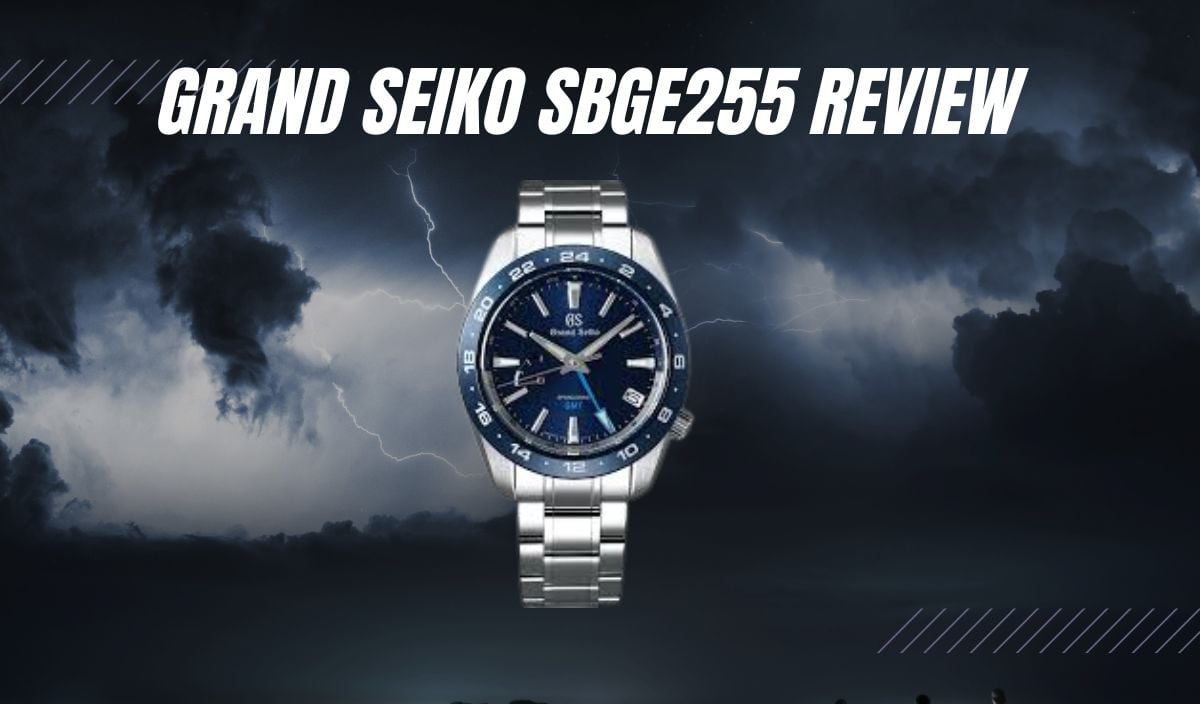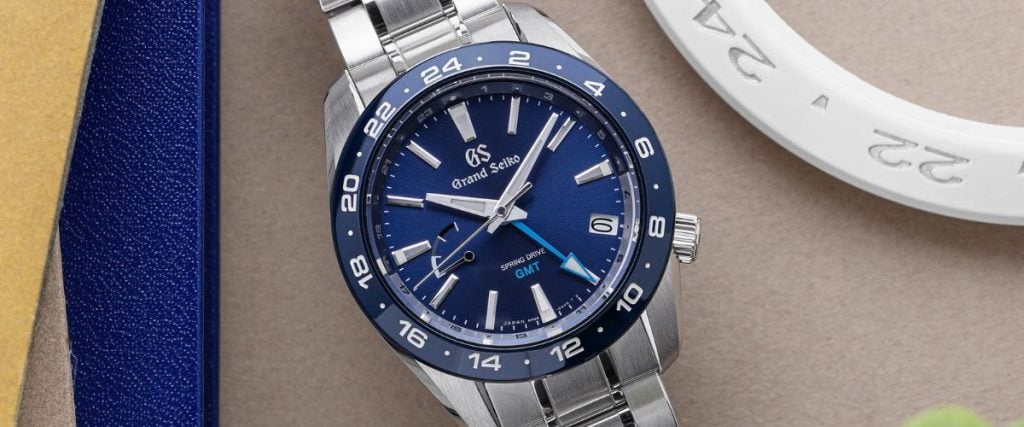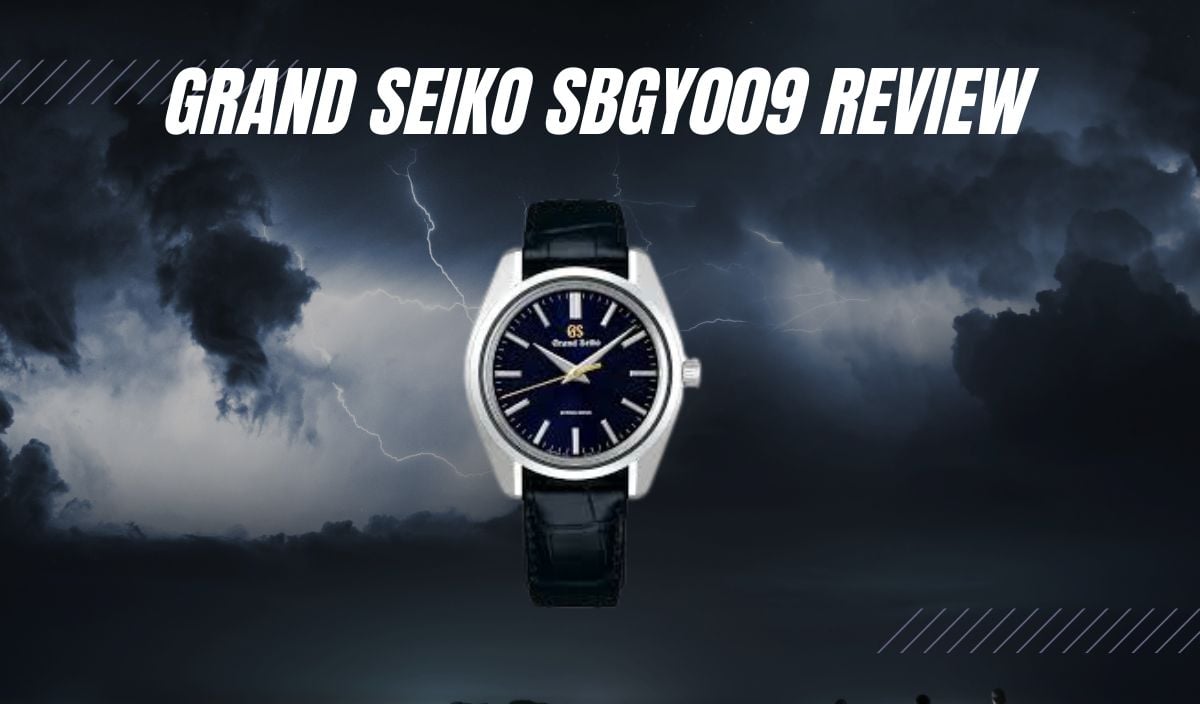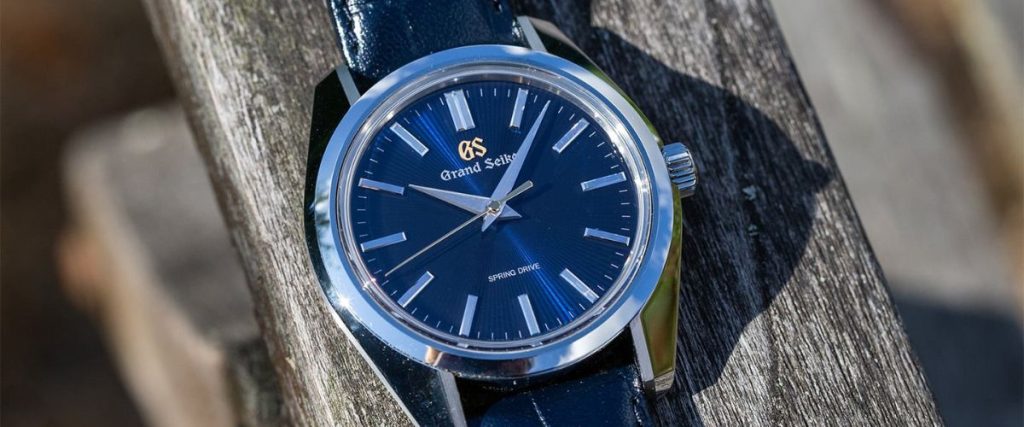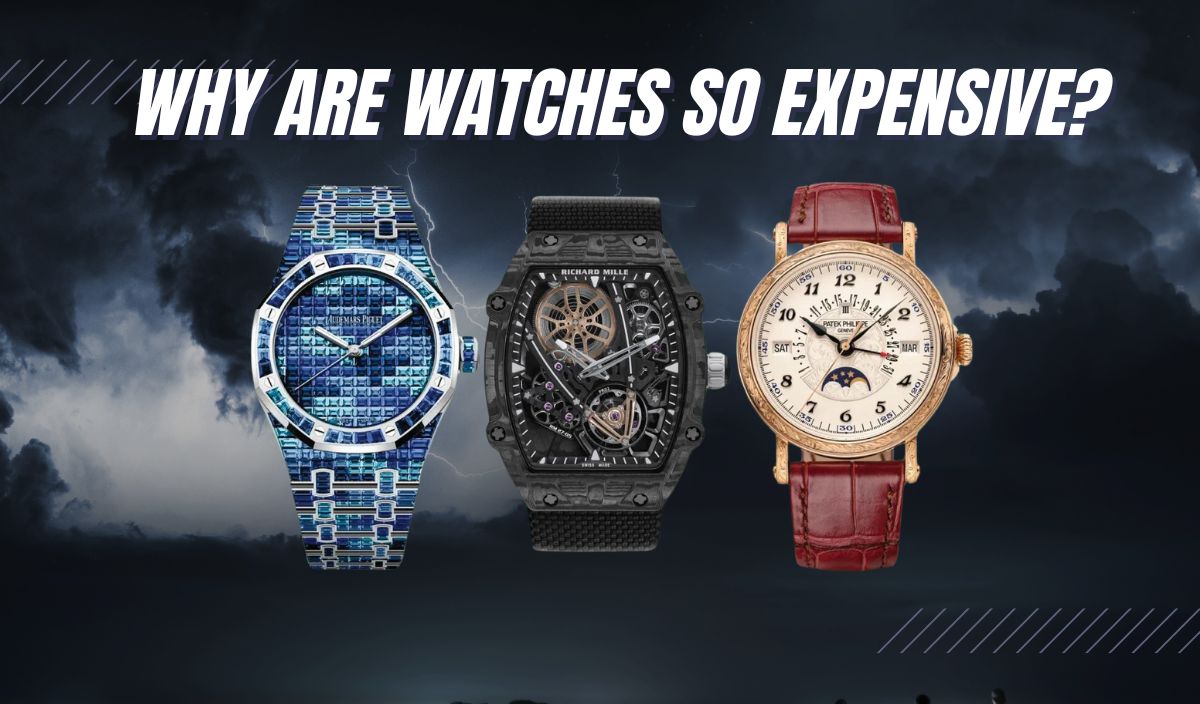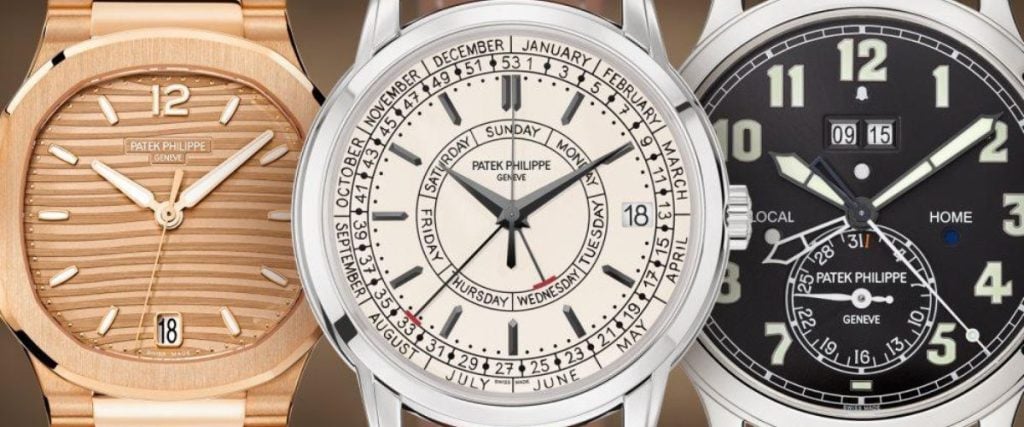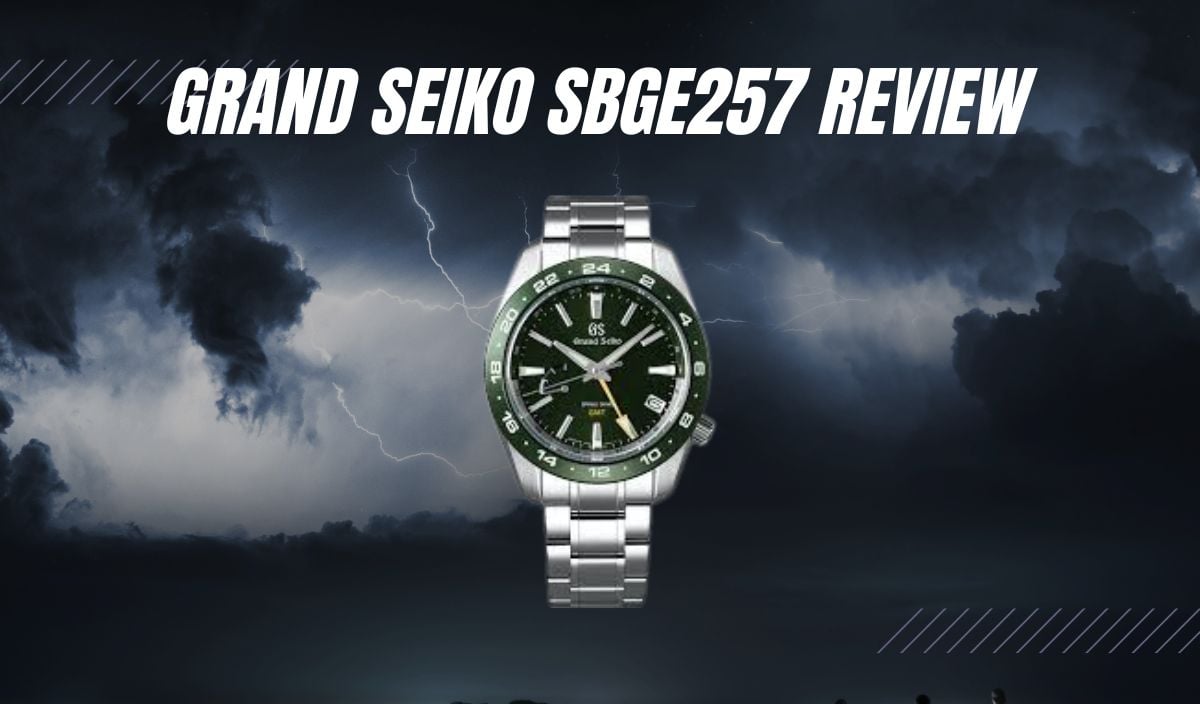
The first thing I think of when I think of Grand Seiko, and perhaps many other watch enthusiasts, are their sharp yet subtle dress watches. And while the bulk of their collection showcases some of the world’s finest dress pieces, a connoisseur with a discerning eye would be foolish to overlook their impressive line of sports watches.
Leave it to the expert craftsmen and women at Grand Seiko to create a collection of sports watches that stay true to their philosophy—a watch that demands attention with its ingenuity and elegance while catering to an audience of watch lovers who prefer to look stylish while active.
Our case in point: the SBGE257—featuring three distinct complications, the groundbreaking in-house Spring Drive movement and a striking, forest green dial. This watch isn’t just another GMT, but a Grand Seiko GMT.
History

Since becoming a sub-division of Seiko in the 1960s, Grand Seiko has been committed to crafting luxury timepieces known for their precision and durability. Driven by a mission to create timeless, accurate dress watches with sleek, minimalist designs and innovative movements, Grand Seiko emerged as a strong competitor to renowned Swiss brands.
Although Grand Seiko became a household name in Japan, it had yet to make a significant impact internationally. Focused solely on dress watches, the brand needed to develop something equally luxurious and precise to appeal to a broader market.
In 2001, Grand Seiko introduced its first GMT watch, the SBGM001, marking a new era for the brand. The success of the SBGM001 helped Grand Seiko reach a wider audience, showcasing its advanced mechanical prowess. This breakthrough led to the launch of the Sports Collection in 2014, which included chronographs, diver watches, and GMTs.
In July 2020, to celebrate its 60th anniversary, Grand Seiko introduced several commemorative pieces, including three new GMTs in their Sports Collection: the black SBGE253, the blue SBGE255, and the aforementioned green SBGE257.
Each watch features the 9R66 Spring Drive movement and a perfectly matched bezel. Still, the SBGE257, in particular, captures the essence of paying homage to Japanese nature with its lush green dial—a proper tribute to Grand Seiko’s legacy of precision and elegance.
Case
It’s well known that GMT watches tend to be larger and thicker than other timepieces. Accommodating this famous complication usually requires a bigger case, with most GMTs falling within the 40mm to 44mm diameter range. At first glance, the SBGE257 may appear prominent and bulky, which could be intimidating to those with smaller wrists, like myself.
But I was pleasantly surprised once I got it fitted and planted this glorious piece on my wrist. Compared to 2019’s SBGE248 and 2023’s SBGE295G, which are 44mm in diameter, the SBGE257 is 40.5mm with a 48.7mm lug to lug, making this one of Grand Seiko’s most compact GMTs.
Now, if you are looking into buying this watch but find its thickness alarming, I can understand. At 14.7mm thick, you’d start to wonder just how it’d look and feel when wearing it.
But this is where Grand Seiko excels with its expert craftsmanship. With angled bevels and their Zaratsu-polished finishing, the stainless steel SBGE257 shines and distorts to make those extra millimeters disappear once on your wrist.
The case’s curves and lugs’ shapes allow the watch to sit comfortably on the wrist, compensating for the domed sapphire crystal on top, which makes up most of the case’s thickness.
Although the case back does not reveal the intricacies of the 9R66 movement, it has the beautiful Grand Seiko lion logo engraved and indicates that this watch is 200 meters water resistant.
The standout feature of the case is the striking green ceramic fixed bezel with 24-hour markers for the GMT complication. Notably, the bezel and sapphire crystal are highly scratch-resistant, making this watch ideal for everyday wear. The crown positioned at 4 o’clock offers comfort and accessibility, whether worn on the left or right wrist.
Dial
Before I had the chance to wear the SBGE257, I read reviews describing the dial as ‘poetic,’ and I have to agree. Perhaps it’s my own poetic side, but there’s an undeniable beauty in the lush green dial that pays homage to the 2,000 types of moss covering Japan’s trees and stones. If Grand Seiko’s philosophy is ‘nature in time,’ then this moss-inspired dial perfectly honors something timeless—much like moss in nature, much like time itself.
I digress. There’s so much to love about this dial. The green shifts in shades depending on the lighting, transitioning from light green to dark green and even to black. Some might describe it as a matte forest green, and with its sunburst finish, it’s hard not to be captivated by its ever-changing color.
Speaking of captivating, I was in awe of the detail Grand Seiko added to the hour indices. The craftsmanship is renowned for its obsessive perfection, but the intricacies of these markers blew me away. I loved how the light reflects and refracts off the meticulously polished lines.
The hour and minute hands are beautifully brushed and polished in a silver finish, while the GMT hand, painted in gold, perfectly complements the deep green dial.
The markers at 12, 3, 6, and 9, along with the hour, minute, and GMT hands, feature bright lume, making it easy to tell the time in the dark.
Adding to the outer bezel is the inner rehaut, half green and half silver, featuring the odd numbers of the 24-hour markers. This compensates for the lack of a rotating bezel and makes the watch easier to read.
Positioned between the 8 and 9 o’clock markers is the power reserve indicator—a subtle yet practical feature that lets you know how much longer the watch will run before the mainspring needs winding.
A date marker is located at 4 o’clock, while the classic Grand Seiko logo, in matte silver, sits just below the 12 o’clock marker. Below the 6 o’clock position, gold lettering highlights the watch’s GMT function, perfectly matching the GMT hand, along with a reminder that this timepiece is powered by a Spring Drive movement.
Although these elements may sound like they could overcrowd the dial, everything is thoughtfully arranged, allowing each feature to be appreciated both individually and as part of a beautifully cohesive design.
Movement
I didn’t mention the seconds hand earlier because the magic of its smooth, sweeping motion deserves to be discussed alongside the innovative Spring Drive 9R66 caliber movement. As with most Grand Seiko pieces, let’s first delve into a bit of history.
For Grand Seiko, the goal was always to create the most precise and accurate mechanical watch in the world. What might seem like a competition with Swiss watchmakers is Grand Seiko pushing the boundaries of what a mechanical watch can achieve.
This drive led Yoshikazu Akahane to envision a way to combine the traditional mechanical movement with the precision of a quartz movement, a technology that had seen great success in 1969 with the Caliber 35A. Akahane began his work in 1977, inspired by the sight of a bicycle coasting downhill while braking. He believed that the bike’s steady, constant speed could be applied to a watch, and so his journey began.
True to Grand Seiko’s patient and meticulous approach, his work remained behind the scenes until 1998, when the Spring Drive was finally unveiled at the Basel Watch Fair in Switzerland. The innovation made waves with its continuously smooth seconds hand, free of stutter or ticking. Sadly, Akahane passed away before its debut, but his work remains a testament to Grand Seiko’s relentless pursuit of perfection.
The SBGE257 uses a 9RSS caliber movement, which debuted in 2006 and was the first Spring Drive movement with a GMT complication. It is an automatic movement with manual winding capability and a time-hacking function. The accuracy is a staggering ±1 seconds per day and ±15 seconds per month and features a 72-hour power reserve.
How the Spring Drive operates deserves an article of its own, and while our fellow writer Micheal Brown gives a fantastic description of how this movement works, I’ll try to describe it briefly.
According to Grand Seiko, the Spring Drive is neither mechanical nor quartz; it is a “mechanical watch having accuracy equivalent to a quartz watch.” Like a mechanical watch, the Spring Drive is powered by a mainspring but is kept in perpetual motion by a Tri-synchro regulator.
As the wound mainspring is unwound, the unwinding powers the gear train via the oscillator, which vibrates at 32,768 Hz to move the hands—no battery is necessary. The generated electricity powers an integrated circuit, or IC, which detects the speed of the glide wheel and applies an electromagnetic brake.
My explanation doesn’t fully capture the intricacies of this groundbreaking achievement in watchmaking. Grand Seiko didn’t just create a movement that competes with the best of Swiss watchmaking; they elevated the standard, setting themselves levels above the competition.
Bracelet
The bracelet beautifully matches the case of the SBGE257. It features Grand Seiko’s five-link design, with a polished finish on the bigger links and Zaratsu finishing on the smaller ones. The sides have a polished bevel, making the bracelet feel and look almost like it has a matte finish.
Like most of the GS bracelets, there are removable links attached by screws. It also features half links and four divots to help with any micro adjustments necessary, which helps out for someone with a smaller wrist.
It has a three-fold clasp with a twin trigger release, so the watch won’t pop open unless it’s pressed down on both sides.
With a bandwidth of 20mm, the possibility of replacing the stainless steel bracelet on this watch is endless, but personally, I wouldn’t. It takes away from the watch as a whole. That said, I have heard folks talk about making this piece feel sportier by strapping on a NATO and even a leather strap.
On The Wrist
The SBGE257 has been one of the most exciting watches I’ve enjoyed wearing. Initially, I had doubts about its size and thickness, but after a few hours and some adjustments, it felt right at home on my wrist.
This is an excellent watch for everyday use. It doesn’t feel heavy or hinder my daily activities. Typically, you want a watch to be so light that you forget it’s there. That wasn’t the case with the SBGE257—and I mean that in the best way possible.
Having tested lighter and slimmer Grand Seiko pieces, this one stands out as an attention-getter. It’s a bright watch, full of reflections under the right lighting, and it’s hard not to become mesmerized by the smooth sweep of the Spring Drive movement.
This watch has a peaceful, almost quaint quality. Its lush green dial, continuously moving seconds hand, and shiny ceramic bezel create a captivating presence. At 40mm, it’s a perfect fit for both small and larger wrists.
Price & Availability
The Grand Seiko SBGE257 retails for $6,200, while pre-owned pieces can cost between $3,500 and $4,000. This stunning watch is now available at Exquisite Timepieces.
Closing Thoughts
Wearing the SBGE257 is like wearing a piece of horological evolution. This isn’t just an ordinary watch. With its GMT complication, it’s already a bit more special, but to truly appreciate what’s on your wrist, you need to understand the history behind Grand Seiko.
Here come the poetics again: the story of Yoshikazu Akahane and his ambitious vision of a perfectly flowing watch, Grand Seiko’s philosophy of “the natural flow of time,” and the moss-colored dial—all these elements are compiled into a 40mm timepiece that could be considered one of Grand Seiko’s finest creations. The SBGE257 is a piece of watchmaking eternity, destined to stand the test of time.


